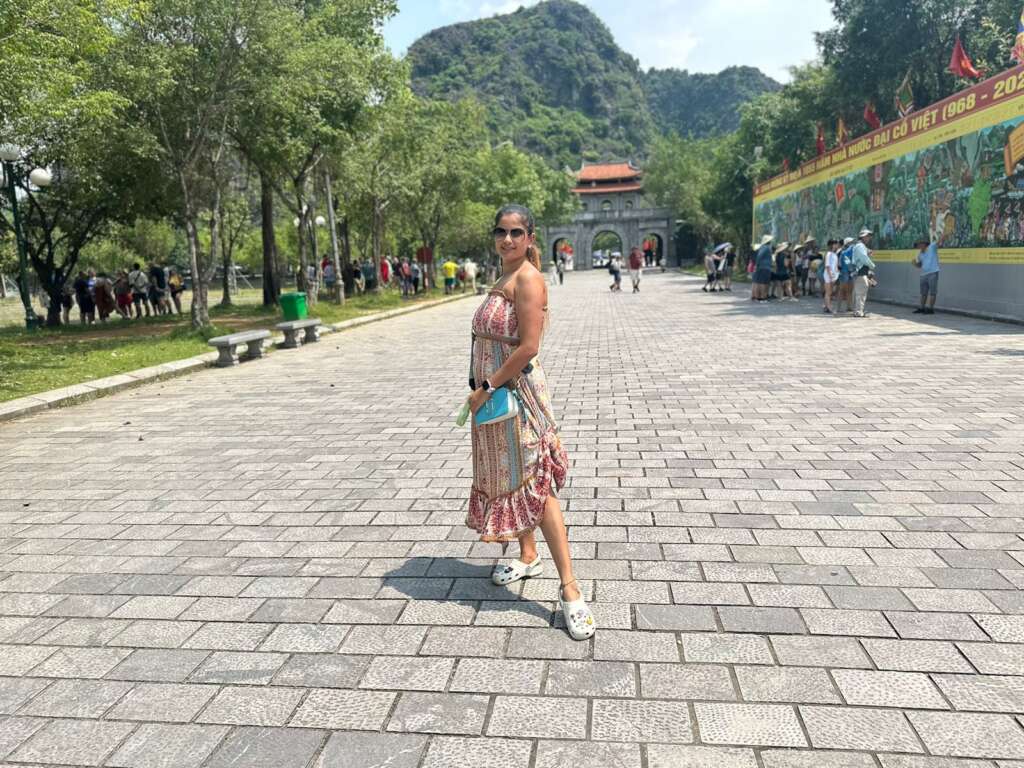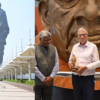The concept of work-life balance, prioritizing travel and experience over financial gain, has become increasingly popular. In India, the epidemic has spread during work from home or as Indians like to call it, working from anywhere. Then we finally decided to be rabbits, thinking “Main udna chahta hun, daudna chahta hun. I want to fall. Small, rukna nahi chahta.”
As a result, India’s tourism industry has seen tremendous growth, positioning itself to be one of the world’s leading tourism markets by 2030. With a growing middle class and rising disposable income, India is poised to become the world’s fourth largest travel spender, with an estimated $410 billion in spending.
India’s Middle Class is making a difference in travel
The saying “the upper class is the country’s past; the middle class is its future” is especially important in India’s growing tourism sector. With a growing class expected to dominate the travel market, India is on track to become the fourth largest travel spender in the world by 2030. According to a report from Booking.com-McKinsey & Company and PRICE-ICE, the middle class, with its increasing purchasing power, is expected to make up 47% of Indians. This figure, defined as a household earning between ₹ 5 lakh and ₹ 30 lakh per year, results in significant changes in travel preferences and behaviour.

Increased travel expenses and recovery after the Pandemic
Following the pandemic, the travel industry in India has shown remarkable resilience, with travel spending expected to reach $410 billion by 2030, a significant increase from $150 billion in 2019. Despite the obstacles due to the patients, it is expected that Indian travelers will spend a lot of money. 5 billion trips per year by 2030.
Youthful Demographic is also A Key Driver
India’s young population, with an average age of 28.2, is an attractive factor for the global tourism industry. Positioned among the three fastest-growing tourism markets, India’s youth is a key driver of the country’s growing presence in international tourism.

Advances in aviation and infrastructure development
To meet growing demand, India’s aviation sector is expanding rapidly, with forecasts showing an increase in the number of aircraft to around 1,600 by 2030. Over the past decade, India has experienced a huge investment in its transportation infrastructure, doubling the number of airports since 2014. . The expansion of airport infrastructure in Tier 2 and Tier 3 cities, along with better connectivity and cheaper air travel options, has boosted the growth of air travel and attracted new passengers from metropolitan and non-metro areas.

Changing patterns and travel preferences
Indian travelers exhibit unique travel habits and preferences, characterized by individuality and a desire for different experiences. The average travel planning window is about 30 days, which is shorter than other major markets. In addition, dining experiences are of great importance to Indian travelers, with 44% ranking them as the most important factor when planning their leisure travel.
The impact of media and social platforms
Media, including movies, TV shows and celebrities, has a significant influence on Indian tourists’ destination choices, with 54% agreeing to its influence. In addition, social media platforms serve as an important source of inspiration, showcasing many travel experiences and destinations. Influencers in travel opportunities in the country like Aakash Malhotra, Aakansha Monga, Vid and Savi, Prachi and Harsh, Ankita Kumar, Anunay Sood among others are setting benchmarks for travelers.

Domestic tourism with government support
Despite the growth of outbound travel, domestic tourism remains an important factor for Indian travelers. Places like Varanasi, Coimbatore and Kochi are gaining popularity among tourists. Government support for local experiences and efforts to promote domestic tourism are expected to facilitate the expansion of this sector.
International locations and emerging trends
In 2023, the international destinations preferred by Indian travelers include UAE, Thailand, Singapore, Indonesia, Maldives, Hong Kong, USA, Nepal, UK, Canada and Vietnam. However, the end of 2023 saw an increase in international travel due to visa policy changes from emerging destinations and the removal of visa requirements for Indian citizens. Apparently, Malaysia, Thailand, Sri Lanka and Kenya have joined the ranks of countries that grant visa-free travel to Indians.

A passion for short trips and immersive experiences
Indian travelers tend to take more short trips throughout the year than one or two long vacations per year. They are actively looking for unique and emotional experiences, which are often influenced by social media, and place a high value on food while traveling. More than 80% of Indian travelers favor accommodation with in-room dining options, highlighting the importance of a seamless dining experience.
India’s Golden Age in Travel
This information is taken from the ‘One India Travel’ report, a collaboration between Booking.com and McKinsey. The report described the next decade as India’s ‘golden age’ in the travel industry, with drastic changes in travel preferences and behaviour. As Indian travelers become more discerning and adventurous, travel is changing to a more seamless and diverse experience.
Finally, the expanding middle class, youth population, and changing travel preferences are affecting the global tourism landscape. Encouraging proximity, immersive experiences and culinary simplicity, Indian travelers are fueling the desire for variety and the unusual, marking the beginning of an exciting era in travel. India.



